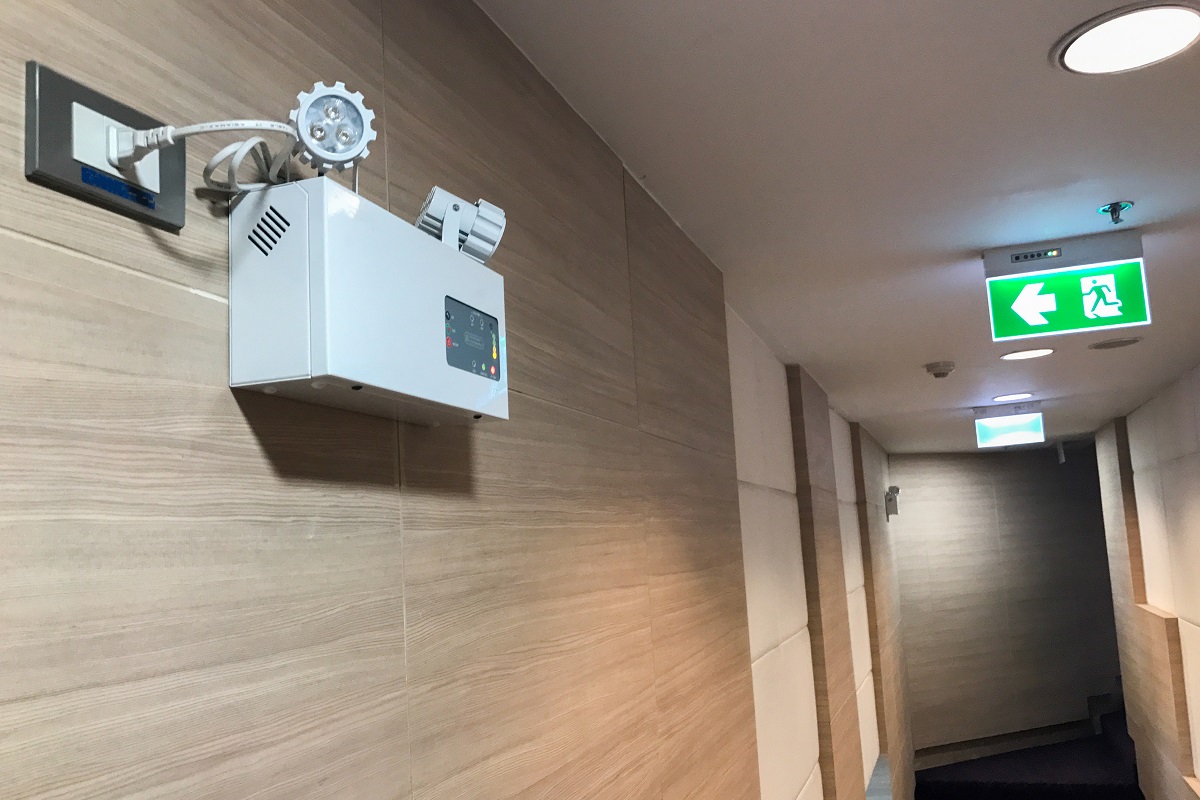Experts at EHS Hero® recently were posed a question from a subscriber concerning lighting, specifically as it relates to emergencies. So, what’s the story with emergency lights? Are there federal OSHA requirements or state laws? What about industry standards? Read on to see how the experts responded.
Q: Is there an OSHA requirement that every exit has to have an emergency light over it? What are the requirements for emergency lights?
Federal law. There is no OSHA requirement that every exit must have an emergency light over it. OSHA at 29 CFR 1910.37(b)(1) requires that “each exit route be adequately lighted so that an employee with normal vision can see along the exit route” as well as that “each exit sign must be illuminated to a surface value of at least five foot-candles (54 lux) by a reliable light source and be distinctive in color.” (Quick side note: If you’re wondering what in the world a foot-candle is, you can find more on that and other OSHA lighting requirements here.) OSHA also allows “self-luminous or electroluminescent signs that have a minimum luminance surface value of at least .06 footlamberts (0.21 cd/m2)”. Bear in mind that because the General Duty Clause of the OSH Act (Section 5(a)(1) of the OSH ACT) requires a safe workplace, a lack of sufficient lighting could create a safety hazard that must be addressed by the employer.
California law. Regarding the safe egress from a building in an emergency, California at 8 CCR 3215(e) requires that “whenever the building is occupied, exit paths must be lighted so that they may be easily recognized and all exit and directional signs are clearly visible”. In addition, when natural lighting is inadequate, the employer must provide artificial lighting that is sufficient to enable objects to be seen and egress made under emergency conditions. The state regulations do not specifically address the requirements of emergency lighting.
Industry standards. Standards regarding emergency lighting are addressed by the National Fire Protection Agency (NFPA). The NFPA 101 Life Safety Code (2015 or later edition) provides detailed information regarding the placement, visibility, and acceptable forms of egress lighting (i.e. emergency lighting).
Local building and fire codes. In addition, we would advise that you review the building and fire codes of your local jurisdiction to determine the emergency lighting standards that must be followed.
| Ask the Expert is a service provided to subscribers of BLR®’s EHS Hero product, where experts are ready with answers to your organization’s unique questions surrounding EHS compliance. To learn more and request a trial of EHS Hero, click here. |

